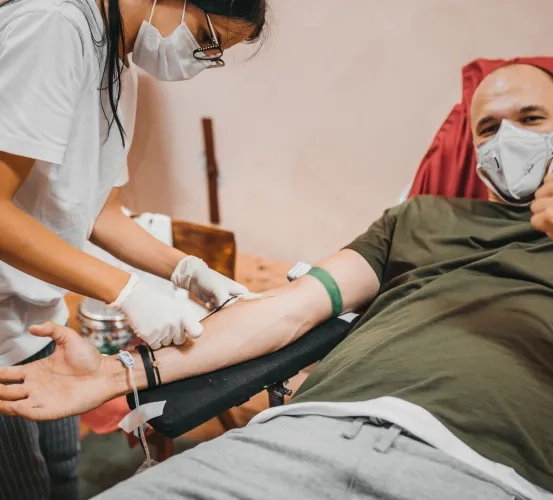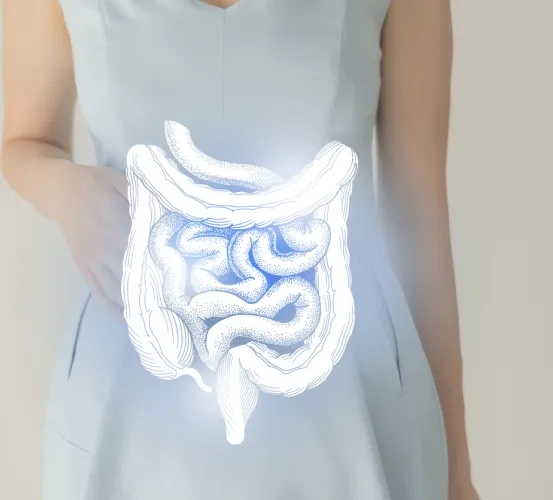
Phenotype/Genotype Correlations in Movement Disorders
Do you have Parkinson's disease? Doctors at the National Institute of Neurological Disorders and Stroke (NINDS) are conducting a research study on people with Movement Disorders. They are currently recruiting participants with Parkinson's disease. The purpose is to learn more about the disease and identify genetic changes and other indicators of the condition that may allow earlier diagnosis.There is no cost for study-related tests or procedures. Travel assistance may be provided.

Urinary Vitamin C Loss in Diabetic Subjects

Collection of Blood, Bone Marrow, and Buccal Mucosa Samples from Healthy Volunteers

Rituximab Plus Cyclosporine in Idiopathic Membranous Nephropathy

Clinical and Genetic Studies in Familial Non-medullary Thyroid Cancer
Thyroid cancer accounts for the vast majority of all types of cancer and little is known about the possible genes that may cause the cancer. An estimated 5% of all thyroid cancers are hereditary. If three or more first-degree relatives are affected, there is a greater than 94% chance that these cases are familial non-medullary thyroid cancer (FNMTC). Researchers at the National Institutes of Health (NIH) are conducting a research study to develop the best ways to evaluate, determine best screening strategy, and identify genes that may indicate vulnerability to FNMTC.

Surgery as a Treatment for Medically Intractable Epilepsy
The National Institute of Neurological Disorders and Stroke at the National Institutes of Health Clinical Center is looking for individuals with severe epilepsy or individuals who have experienced persistent seizure activity that cannot be controlled with medication, to participate in this research study. The goal of this research study is to provide surgical treatment to control these types of seizures. Participation requires an inpatient stay of up to 4 weeks, plus 3 outpatient visits within 2 years after surgery.

A Longitudinal Investigation of the Endocrine and Neurobiologic Events Accompanying Puberty

NIH Tests Fecal Transplant in Chronic Granulomatous Disease-Associated Colitis
Researchers at NIH are testing a new therapy in patients diagnosed with colitis due to chronic granulomatous disease (CGD). The research aims to see if restoring the gut microbiome reduces inflammation in the colon.

